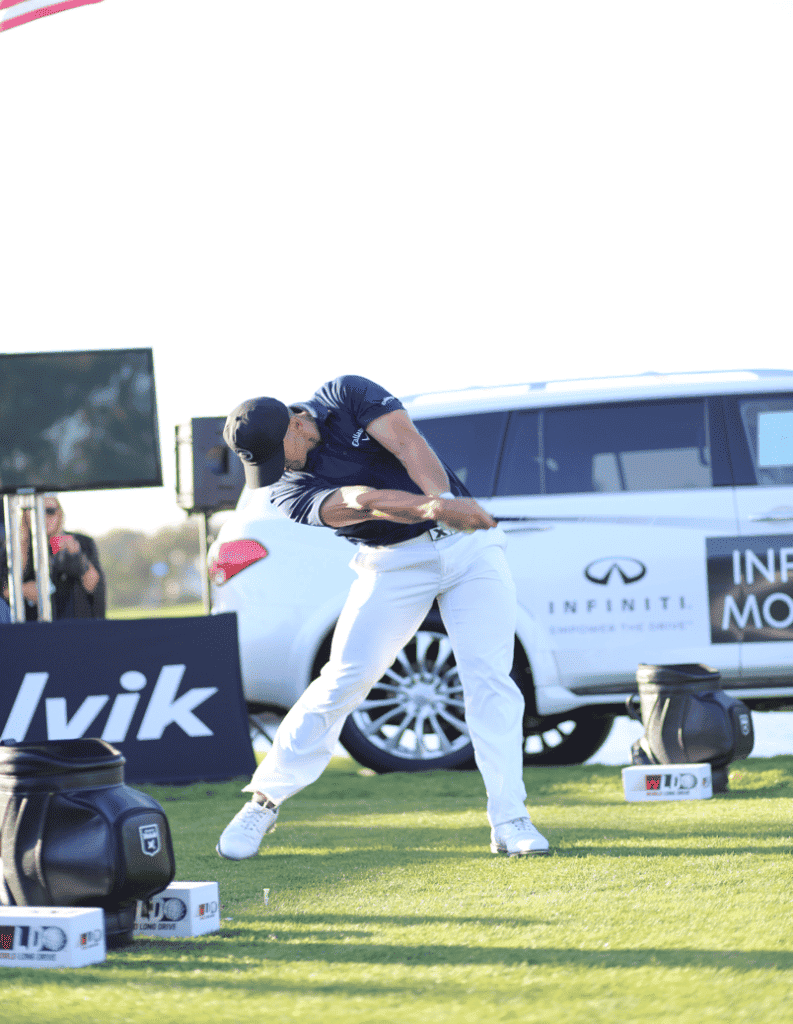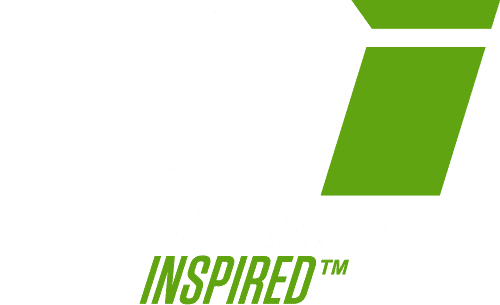The Athletic “Workout” by Justin James

Would it be sacrilegious to say that the whole fitness craze has been a bit overrated? Don’t get me wrong. I “work out” a lot—way more than you probably do. But, I think that when it comes to athletes, they have many misconceptions about what a “workout” should look like. And, it starts with the term itself.
I prefer the term “training” to “workout.” When I go to the gym, I go to “train” or “practice.” The idea that you have to “work” yourself out is counterproductive. The biggest myth in modern Western fitness is that you have to leave the gym “wrecked,” in a pool of sweat and vomit, in order to be productive. This is particularly important and applicable to athletes.
I often practice golf after my training sessions, because they give me more energy and overall mobility. You do not have to feel gassed, beaten up, or spent at the end of a gym session, especially if you are an athlete. If a trainer tells you differently, run away! A productive workout should leave you feeling more energized than when you started. An athlete’s maximum effort and performance should always be on the field of play, not in the weight room. If he/she is training so hard that he/she risks serious injury, effort and intensity are being taken away from his/her respective sport, where the greatest strides will be made.
Bigger muscles alone will not make you throw harder, hit the ball further, or run faster. I love training, and I love the gym. However, I used to frequently waste time with hypertrophy exercises instead of focusing on overall strength, power, and speed.
Athletes need to be strong and athletic, not big and muscular. These two descriptions are in no way mutually exclusive. We have been conditioned to think that size equals power, but power comes in all shapes and sizes. Power has as much to do with the nervous system (or perhaps more) as it does with the size of the muscular system. Most Olympic weight lifters throw insane amounts of weight over their heads but are quite slender, with flexible bodies. They are not muscle bound because hypertrophy is not their goal, power is. Don’t get me wrong. They are still muscular, but their focus is largely on the development of their nervous systems and how fast they can fire their muscles, not on how big they can get them.
This should be the athlete’s focus. Excess bulk will almost never help an athlete. Excessive hypertrophy hinders mobility. Extra strength and power, however, will always help athletes of all abilities.
Now, before you get all excited about not having to train, here is the reality. A training program focused on executing compound structural exercises in a powerful manner with low overall volume is going to make you a more formidable athlete, because you will become stronger and more powerful. Your nervous system will fire more efficiently, and your muscular system will learn to handle and generate greater amounts of force. So, get your butt in the gym!
Many athletes are wasting their time in the gym with stupid exercises on useless machines. We do not need extensive workouts with ten sets of ten reps to become stronger. As athletes, we need to cut our volume (overall workload) and increase our intensity (poundages). We need to lift heavy weight in low-repetition sets with adequate rest periods. This will get us stronger as we train our nervous systems to fire more efficiently when we move heavy weight, while also giving us more quality time on the field due to shorter training sessions.
If your workout takes you an hour and a half, it’s too long. You should do a few sets (two to five) of low-repetition (below five reps) compound structural exercises such as squat and deadlift variations, a few pressing or pulling exercises, a few sets of KettleBell exercises, and be done. That’s it. In all, this workout should take you about an hour. It should be short and focused, with big rest periods.
You should be beyond fully recovered before starting each set. Your goal should be maximum efficiency in each lift, not performing it in a tired and sloppy fashion. Lifting when you are not sufficiently recovered is dangerous and unnecessary. If you would like to do some cardiovascular training, perform it at the end of your workout. Ride your bike, go for a hike, or shoot some hoops. But, don’t lift tired—you will get hurt.
Practically speaking, instead of doing a four set of ten reps matrix, cut your volume and increase your intensity to three relatively heavy sets of three reps. While you could potentially build more muscle in the first example, you will get stronger and more powerful in the second, as you are lifting heavier weight while fully recovered. Lifting fewer sets and reps with higher intensity is a safer form of training that will get you stronger while keeping off any unwanted bulk.
We use this method with compound structural exercises such as squats, deadlifts, presses, and pulls. Don’t let these scare you away. This is the safest and most effective way to train. It’s safe because our volume is low. We are always leaving two to four reps “in the tank.” We never train to failure. Therefore, the risk of injury is significantly reduced. If you perform these exercises correctly in short repetitions, your risk of injury will be virtually nonexistent. You will get stronger, become more mobile as you perform reps through a full range of motion, and perform your sport better.
Stop “working out” and start training. There are thousands of different things you could do in the gym but probably only four or five you should do. Start practicing to be faster, stronger, and more powerful. Your nervous system will adapt, you will become healthier and stronger, and you will become a better athlete.


